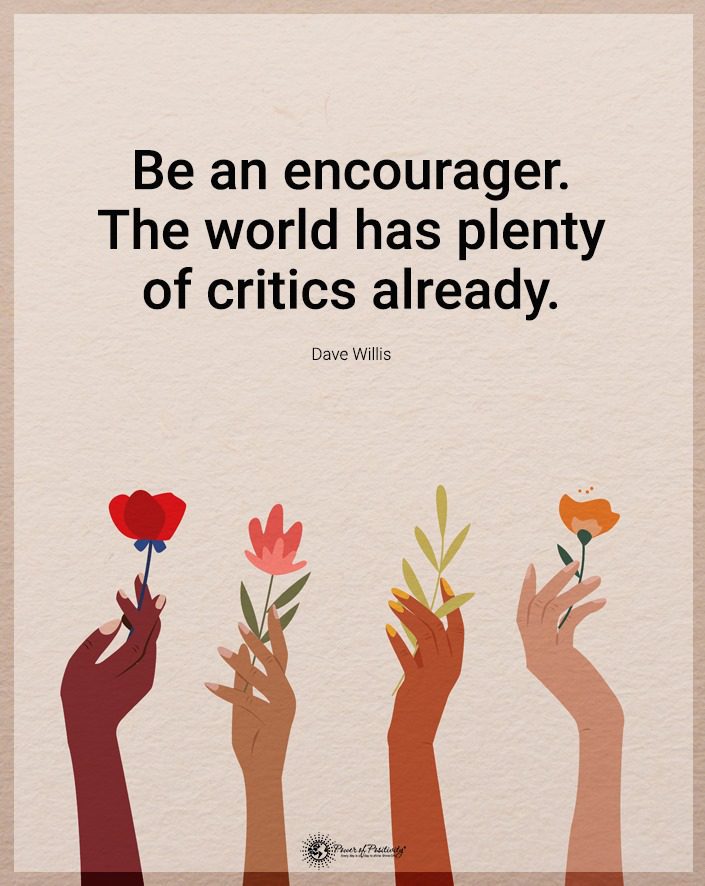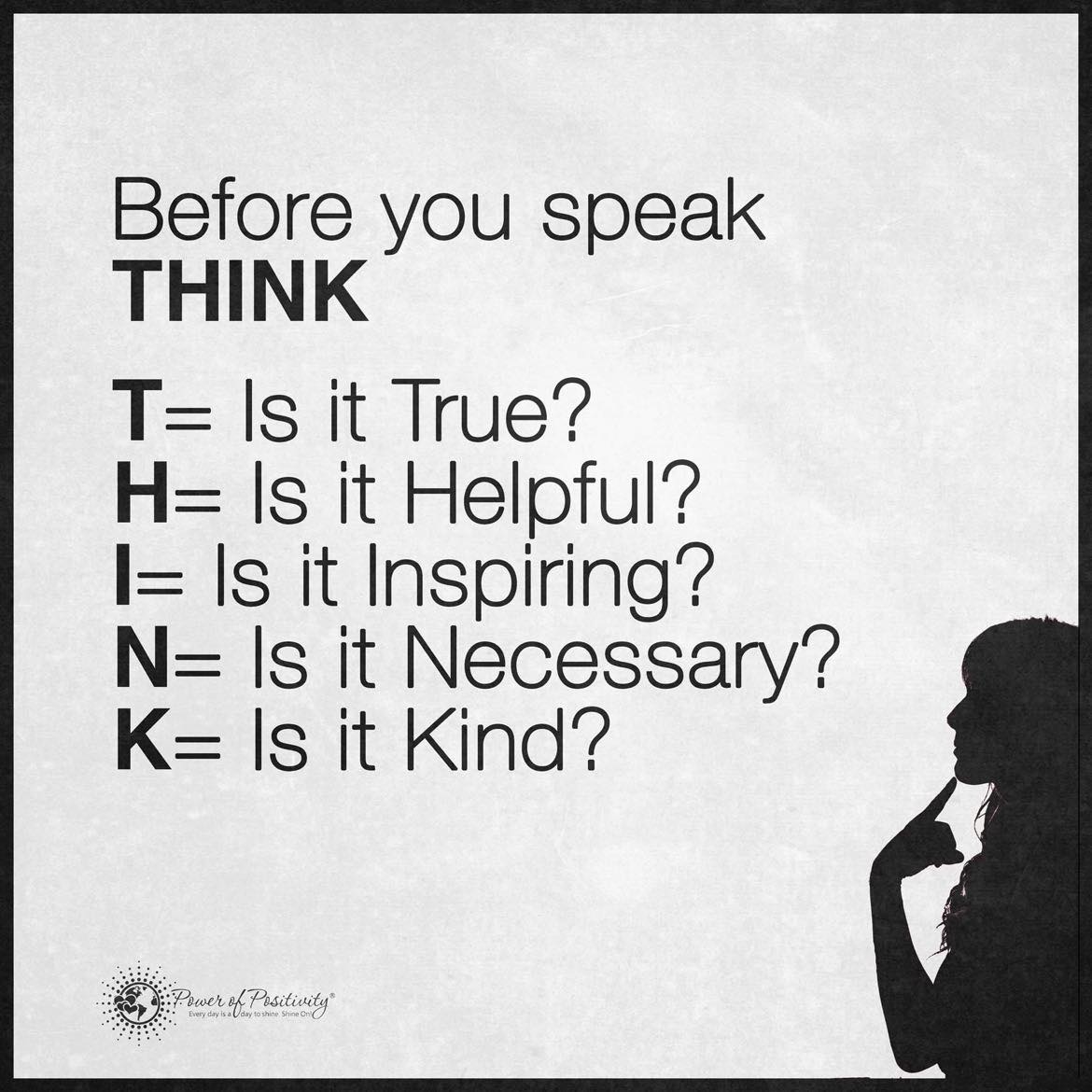Have you ever had a hard time understanding how to engage with feedback? Do you feel like whenever you try to help someone by giving positive criticism, you just hurt them? Or that you have no idea how to receive and implement feedback?
Whenever it comes to criticism, whether you receive or give it, you might have difficulty getting it right. Many people can’t distinguish between positive and destructive feedback. Most times, people get defensive when others point out that they did something wrong or improved something. Or they don’t know how to give suggestions, and they end up just being judgmental and destructive. But criticism is a necessary tool for improvement. And in your life, you will have to give it or receive it at some point. So, how can you learn to do that the right way?
What Is (Constructive) Positive Criticism?
In psychology, the idea of positive criticism is described by using the term constructive criticism. It refers to a method of giving feedback that can help improve human behaviors. There are two ways in which people give feedback: constructive and destructive criticism. One will lead to good outcomes, while the other will only hurt the person it is directed towards.
Constructive criticism focuses on building the recipient up. Even though it is direct and honest, it is worded to target behaviors instead of the person. It aims to point out flaws in specific methods of doing things without attacking the person. It aims to give objective feedback and stays away from engaging in subjective discussions. Additionally, it provides specific examples and straightforward suggestions for positive change. It focuses on encouraging and building up people while offering tools through which the recipient can minimize future issues.
In direct opposition stands destructive criticism. It focuses on the problem subjectively, as perceived by the person giving the criticism. But it only points out issues and offers no encouragement, guidance, or help. It tends to point out issues about the recipient as a person, thus tearing them down and making them feel bad about themselves. Whether that is intentional or not, it doesn’t matter. The effect stays the same. This type of criticism has no good outcomes. It teaches the recipient nothing. It hurts them and risks jeopardizing the relationship between the one giving the “feedback” and the recipient.
Everyone should strive towards giving constructive criticism only. Also, people have to learn to distinguish between constructive and destructive. This way, they know when to listen to feedback and when to ignore it altogether.
The Five Best Ways To Give And Receive Positive Criticism
Constructive criticism is a valuable method of giving feedback and is crucial to improving performance, research has shown. So, it isn’t something that can be avoided. You have to learn to deal with it the right way. But how do you do that?
1. Be Specific And Realistic
For criticism to be positive and constructive, it has to suggest specific and attainable changes. There’s nothing more destructive than being vague and making the person you’re talking to confused and lost. And you’ve surely felt this on your skin. Nothing can be more annoying than hearing, “maybe you should do your job better.” When you hear something like that, all you can think is, “Great, thanks, but how exactly do I do that?”. And that’s in the best case. Worst case, your blood starts boiling, and you feel like you want to smash something.
If you want to improve how you give feedback, take your time to think about what you’re going to suggest. Don’t just go over to someone and point out a flaw. And don’t suggest things that aren’t humanly attainable. Be reasonable and try to be specific. Give examples of what they are doing that could be improved, and propose realistic ways to do them. Instead of saying, “do your job better,” try saying, “I think you could save time by creating some databases to organize your documents.”
The same goes when you’re on the receiving end. When someone offers you criticism, look out for these two attributes. If the person is not reasonable and realistic, don’t even waste your time. Just go on with your day and avoid useless discussions. But if you see that people point out specific issues, give clear examples, and suggest reasonable changes, pay attention. You will get something useful out of that conversation.
2. Focus On The Behavior, Not The Person
People are apprehensive when it comes to criticism because they associate it with being bashed and judged. And there’s a sliver of truth in that perception. The idea that criticism should be constructive and positive is quite a new one. In the past, people were not afraid of being destructive in their feedback. Because of that, many people have felt the personal attacks that can come along with receiving destructive criticisms.
When learning how to be constructive in your feedback, you need to remember to never, ever attack the person. Never say things like “I don’t think you are suited for the job” or “I don’t like your voice.” Those kinds of statements aren’t actual feedback, and they are moronic on top of that. You will accomplish nothing by saying things like that. If you don’t like someone’s voice, there’s nothing they can do about that. And that’s not a real issue. It’s your subjective perception, and it does nothing but hurt others.
When it comes to giving feedback, you have to be objective and focus on behaviors that can be changed. If someone does something in a way that’s not efficient, suggest a better way. But never judge them for being slow. It will solve nothing.
If you are the recipient, be wary of personal attacks presented at “feedback.” If you hear something subjective and tied to you as a person rather than how you act, that’s a red flag. Don’t even bother listening to that kind of criticism. But if it’s about your behaviors, listen and internalize the suggestions.
3. Create A Feedback Sandwich
The feedback sandwich is the most used method of giving constructive criticism. The idea behind it is that all complaints should be accompanied by praise. It would be best if you wedged the criticism between an opening and ending using the PIP technique (Positive-Improvement-Positive).If you have an issue with someone’s work presentation, don’t just bluntly tell them that. Instead, open by pointing out what you liked. Encourage them and captivate their attention. Then, tell them what they can improve and how. Ultimately, end with something else that was good, either about that presentation or their work in general.
This method works well because it creates a good context for a critical discussion. If you start with the criticism, people might go on the defensive. They might not want to listen and engage with what you are saying. By using PIP, you make sure that you avoid all complications and you get your point across diplomatically.
4. Don’t Make Assumptions
In many cases, people have reasons for acting in specific ways. If they aren’t pleasant enough, that can be an objective issue. But they might have their reasons for not changing that behavior.
You mustn’t make assumptions about people. That’s because you never know what they have been through and what determines them to act in specific ways. You might have good intentions when suggesting to someone to try being more outgoing. But you might falsely assume that they aren’t talkative because they don’t have anything interesting to talk about. If that assumption is incorrect, you risk hurting the other person. Instead, don’t make assumptions at all.
If you want to help people but don’t understand the reasoning behind their actions, ask them. Not only will you understand them better, but you will have all the necessary data to give them the correct advice. Also, you will have a much more productive conversation without the risk of offending someone.
5. Learn To Listen And Stay Calm
Having the ability to give and receive constructive criticism hinges on being able to listen and have calm conversations.
When you’re the one giving the feedback, remember that you’re not giving a monologue. You are supposed to have an actual conversation with the other person. Talk the issue through and plan the changes together. In most cases, the discussion will flow naturally without hitting any hurdles. Sometimes, the recipient will get angry, though. In those cases, remember to stay calm. You are trying to be helpful, so engaging in a fight is the last thing you want to do. And if the other person is refusing to listen, walk away. Don’t engage in something that could be potentially damaging for both of you.
Listening and staying calm are especially important when you’re on the receiving end. Understand that feedback is needed and should be welcomed. Don’t get feisty and defensive for no reason. Feedback will help you, and constructive criticism isn’t about being judged. It’s about getting new opinions and suggestions. If anything you hear is unclear, don’t be afraid to ask questions and engage in dialogue. Have a positive attitude and remember to welcome feedback.
Final Thoughts On Some Best Ways To Give And Receive Positive Criticism
Positive criticism is something that people have a very wrong perception about. It is often seen as bashing masked by pretty words. That misconception is something that you have to unlearn. In reality, constructive criticism is a great tool to encourage improvement. On the road to personal growth, you need to learn to give and receive constructive criticism.
To better give this kind of feedback, you need to be positive and make precise suggestions. Point out a specific issue and share a clear plan of action to improve that behavior. Remember only to point out objective problems and to stick to behavior. Never attack other people.
Learning how to receive feedback is all about being open-minded and listening. Take mental notes of the advice you get, and try to implement it. Don’t get defensive, and remember, constructive criticism is meant to help you.

















 Community
Community

